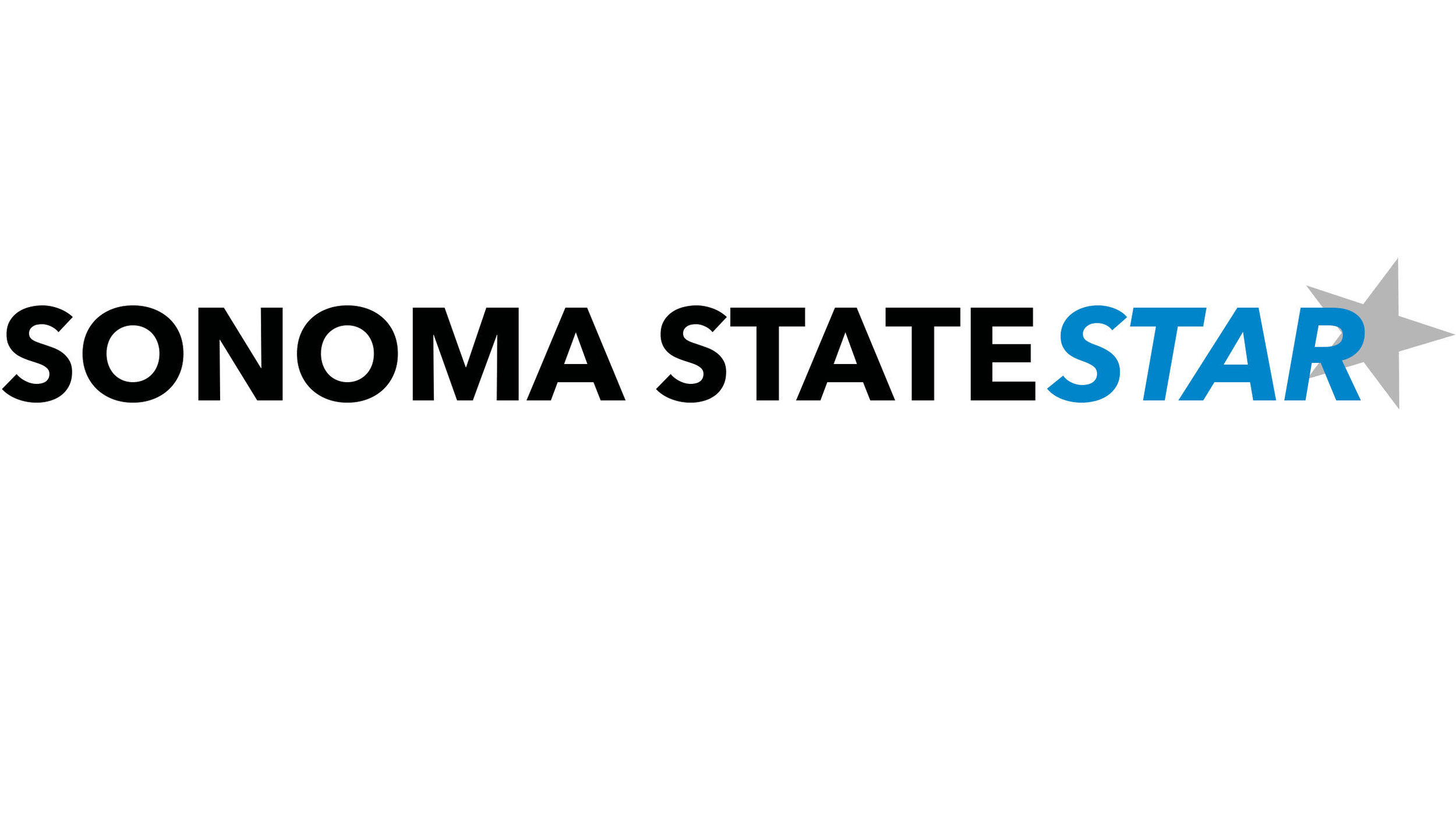Stevenson Hall’s long awaited reopening
/After a decade of planning and two years of construction through a pandemic, Stevenson Hall will be reopening its doors this Friday, Dec. 2, with a ribbon cutting ceremony at 8:30 a.m. Friday morning.
A ribbon ceremony will signal the building’s reopening which will soon grantSeawolves access to additional academic resources. The project will move all administrative services to Salazar and make Stevenson a 100% academic building. Salazar will serve as an administrative building and center for community engagement, Schulz will feature student academic services, and Stevenson will serve as a faculty center, office of research and center for environmental inquiry. This change is expected to make access to resources easier for students.
Stevenson has been a staple of the school since it was established, as it was the first building constructed on campus in 1967. The building, named after former United States politician, Adlai Stevenson, was in need of a major upgrade from its original design after a 2017 lawsuit saw $2.9 million paid out to Stevenson faculty and staff from 2013 to 2015 due to asbestos exposure. Additionally, there was also a major need for upgrades in terms of classroom resources
A webpage on the sonoma.edu website put together by the Stevenson Hall Renovation Task Force at the beginning of the project, emphasized, “This project will transform the campus! It also is immense in scope and complexity.” Now serving as the home of the Schools of Business and Economics, and Education and Social Sciences, Stevenson’s new look aims to improve and modernize classroom functionality, increase student seat count in classrooms, and even put departments closer to instructional spaces, like labs. It will have underclassman classes such as: English 100 A&B and English 101; as well as upperclassmen classes like: Psychology 411 and Psychology 425.
According to an article posted to SSU News on sonoma.edu published Nov. 2020, the project “is designed to refresh the building into a 21st century academic learning environment and will provide educational and meeting spaces.” The modernized look will take advantage of natural sunlight, helping the school in its effort to increase sustainability.
English Professor, Barbara Beatie, emphasized her excitement for getting to teach in the remodeled building by saying “I am so looking forward to teaching in the new Stevenson Building for Spring 2023…This new space holds the promise of the possibilities for the transformations that we all, as Seawolves scholars, hope to experience during our educational journeys at SSU.”
Refined lecture spaces and state-of-the-art classrooms throughout the building will feature a digital backbone strong enough to last 50 years of technological evolution and double the amount of wireless access points required by CSU (California State University) system, according to an article from Bisnow Media. Other changes include removing some of the original concrete slabs with floor to ceiling glass, a glass skylight over the internal courtyard creating an atrium and hangout space for students, and additional square footage within the building because of internal staircases being moved to the outside and mechanical systems to the roof. The building’s design also aims to meet the LEED Gold sustainability standard.
“LEED certified buildings save money, improve efficiency, lower carbon emissions and create healthier places for people,” according to usgbc.org, serving as another example of the school’s effort to be more environmentally conscious. The university is also in the process of beginning a project to install solar panels across campus. That one aims to begin construction in the summer of 2023 and be completed by summer 2024.
Building design was handled by EHDD Architecture, a company based out of San Francisco, while construction was handled by Truebeck Construction. They added on their website that the core objectives of the project were “to improve utilization and learning outcomes, increase building spatial efficiency, and support planned academic growth.”
COURTESY// SSU Announcements
Stevenson Hall will be reopening its doors this Friday with a ribbon cutting ceremony at 8:30 a.m. Friday morning after a long awaited renovation.



